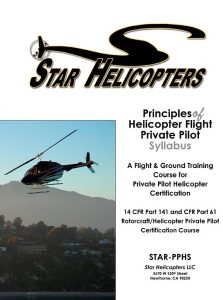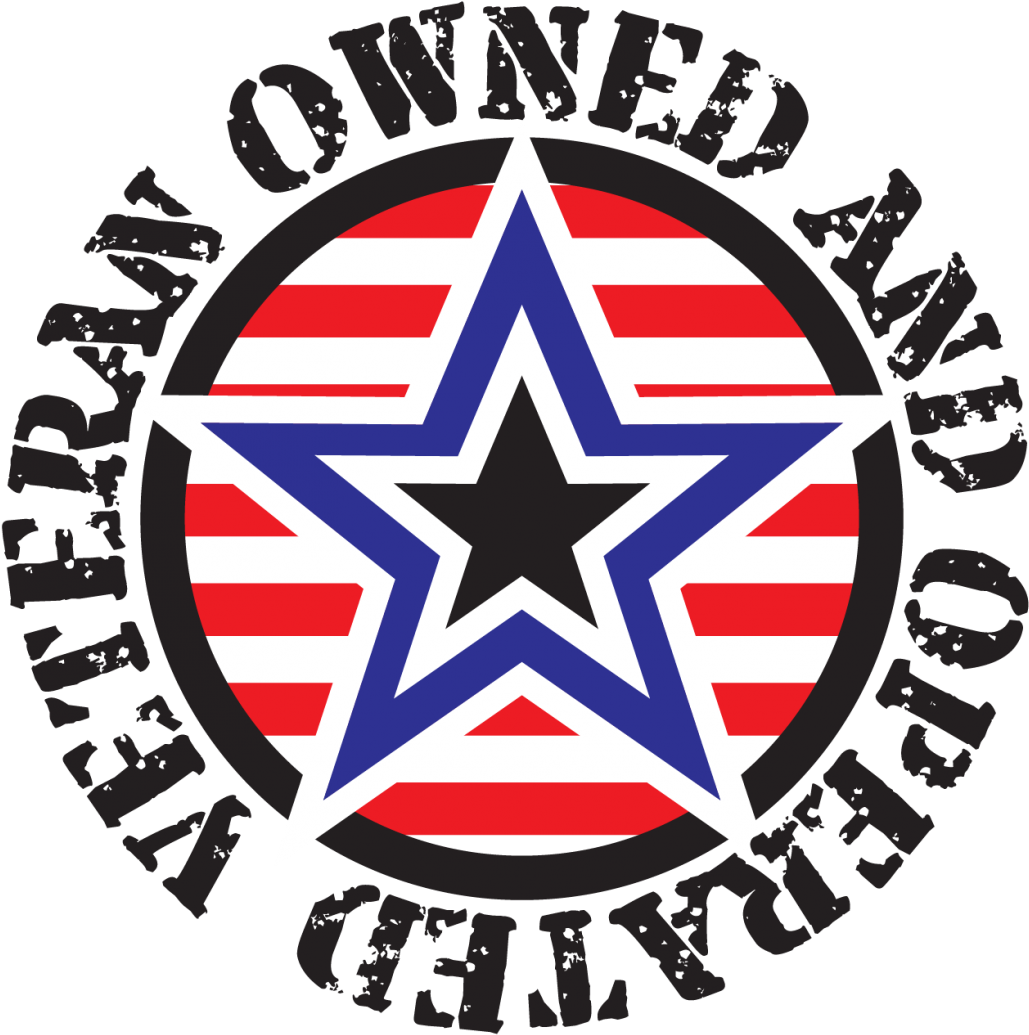
Star Helicopters is an FAA CFR Part 141 & CFR Part 61 Flight School, certified to teach the following courses Private Pilot Helicopter, Instrument Rating Helicopter, Commercial Pilot Helicopter, Flight Instructor Helicopter-CFI, and Flight Instructor Instrument Helicopter-CFII.
Choosing a flight school is a very personal decision. You will be investing a great deal of time and money throughout your flight training experience. The flight school that you choose will obviously play an important role in the type of pilot that you become. It is imperative that you analyze your flight training options just as you would for any investment. Some people research the purchase of a phone more than their choice of flight schools. Improper research and guidance prior to beginning your flight training could lead to potential devastating results with a significant loss of time and money.
To begin your flight school search, you must first understand the two types of flight training options that you have available. There are flight schools that operate under Federal Aviation Regulations Part 61 and those that operate under Federal Aviation Regulations Part 141. Each flight school needs to provide you with specific training required by the FAA. The difference between a part 61 and a part 141 flight school is how the training is accomplished.
In the FAA’s book of rules and guidelines (FARS, which stands for federal aviation regulations) they have listed requirements and completion standards for the various pilot licenses that you can acquire. You simply need to decide which type of flight school and training environment will be best for you.
Which type of flight school is best for you depends on your needs, available time, and other factors, such as veteran’s benefit eligibility (only Part 141 schools can qualify for VA-reimbursed training), Student Visa (only Part 141 schools can issue an M-1 Student Visa). When it comes to the FAA checkride, which is the same for all, it doesn’t matter where you learned to fly, only how well—including your understanding of aviation academic material.
Flight schools that operate under rules governed by FAR 61 are granted more flexibility than part 141 schools. Under part 61, the FAA does not require the flight instructor’s curriculum to follow a syllabus. While they must adhere to the educational requirements (what needs to be covered) of the FAA, instructors can choose when and where to cover required materials based on student progress.
Students of a part 61 flight school are not required to complete a formal ground school program. If they wish, students can complete home study courses, or simply review material with a qualified flight instructor. Although not required to complete any formal ground school training, part 61 students must still pass the FAA practical exam for the license they are training for.
Flight schools operating under part 141 train within a more structured environment than their part 61 counterparts. Under part 141, flight schools must operate with an FAA approved syllabus. Instructors and students must adhere to the approved syllabus throughout the entire training. Periodically, a student will take stage checks administered by either the chief flight instructor or his/her designees. Students are also required to complete a certain number of hours of classroom instruction or one-on-one ground instruction with a flight instructor. As in a part 61 school, students must pass the FAA practical exam for the license they are training for.


Because part 141 schools operate under a more structured environment than part 61 schools, the FAA requires fewer flight training hours in a part 141 school versus a part 61 school. For example, the FAA requires a minimum of 40 flight hours to obtain a private pilot license through a part 61 school vs. the 35 minimum flight hours for part 141 schools. The hour difference may be insignificant in some cases. The national average indicates that most students require 65 to 70 hours of flight training before the instructor and student feels ready for the private pilot flight exam. Another example of the hour difference is in the commercial pilot license requirement. Part 61 requires 150 hours of flight time while part 141 has a minimum of 115 flight hours.
These are the basic differences between a part 61 flight school and a part 141 flight school. Some part 61 schools simply find it impractical to qualify for a part 141 operating certificate. The beauty here is that you have a choice regarding the structure of your flight training, both school types have their benefits.
Star Helicopters has written their course syllabuses to be used for either Part 141 or Part 61 Flight training with only the hour requirements changed as needed between the Part 141 and Part 61 courses. These hour requirements are noted in the beginning of the syllabus under the minimum course hour’s table and in the minimum 141 & 61 requirements on each training module.
The following are samples from our Private Pilot Syllabus and our Safety Practices and Procedures manual for you to look over, they will give you a good understanding of what you can expect during your flight training with us.


